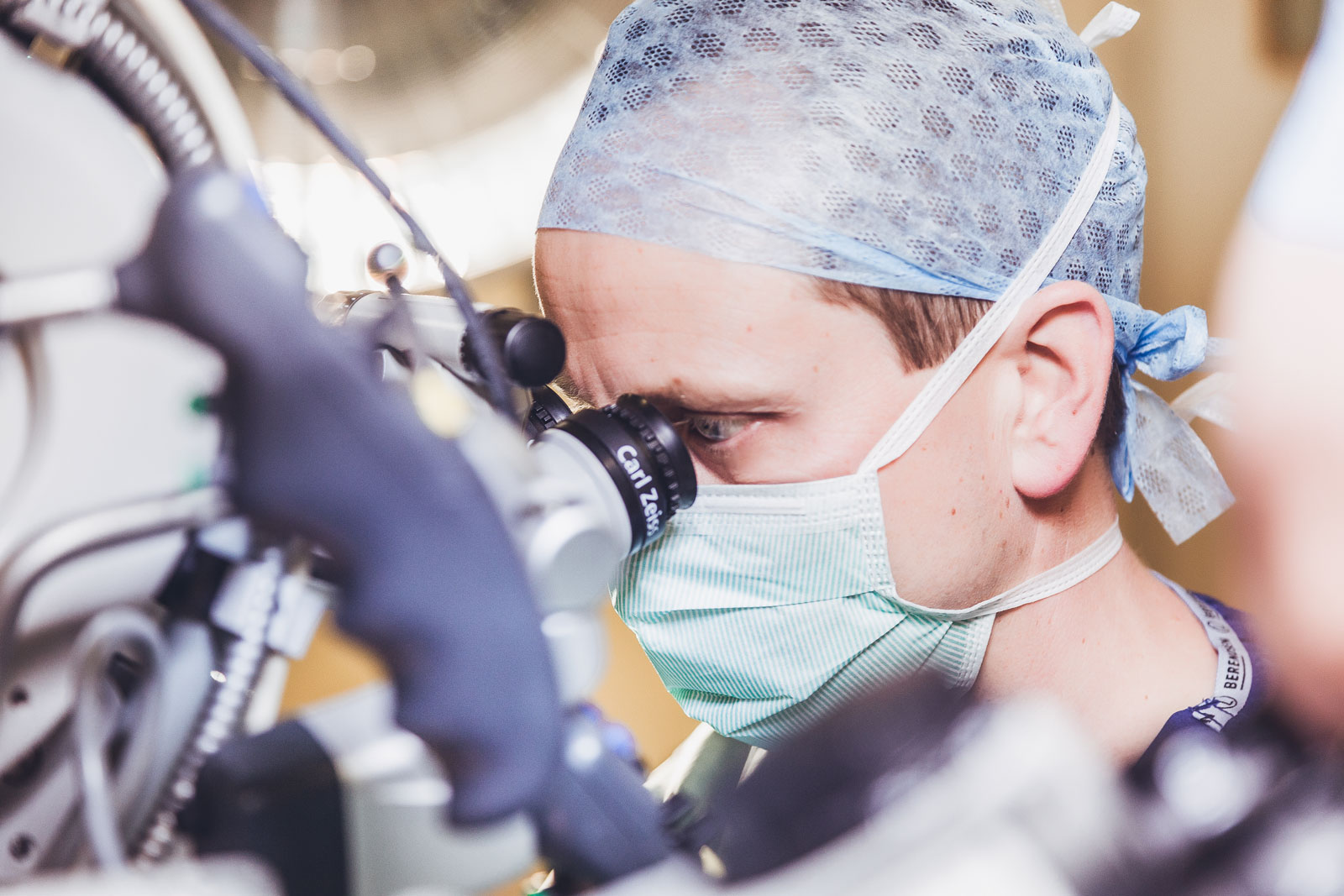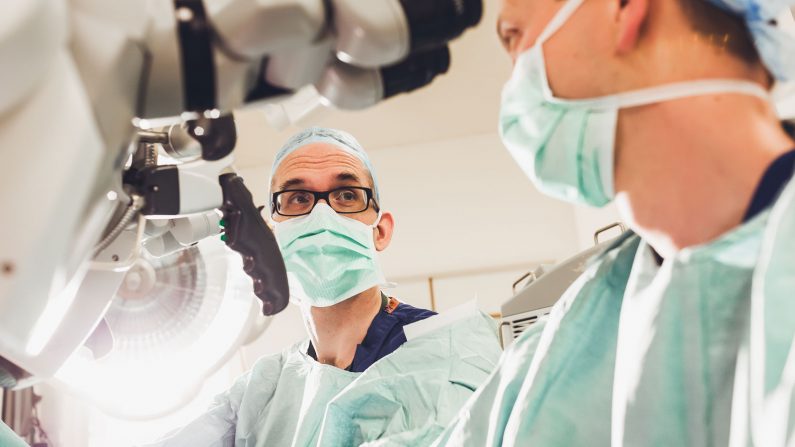Understanding Lymphoedema
What is lymphoedema?
Lymphoedema (also known as Lymphedema) is a disorder of the lymphatic system. This system is a natural circulation system in the body that helps to remove waste and cleanse the body.
Often people only find out about the lymphatics when they go wrong. While lymphoedema can occur spontaneously, by far the commonest cause of lymphedema in the UK is following cancer treatment. Cancer surgery, radiotherapy or even chemotherapy can damage the lymphatics sufficiently to cause lymphoedema.
The lymphatic system
Normally, fluid is lost from the blood circulation as it passed through the smallest blood vessels. This fluid transfers nutrients and oxygen to the cells and keeps them healthy. The lymphatic system returns this tissue fluid back to the bloodstream as part of the natural balance of the body. The lymphatics consists of a series of drainage tubes, known as lymphatic channels, and lymph nodes. Lymph nodes are important for cleaning the fluid on its way back to the blood stream and help to trap spreading infection and cancer cells.
Types of lymphoedema
Lymphoedema can be described as Primary or Secondary depending on the underlying cause.
- Secondary lymphedema occurs when a normal lymphatic system is damaged due to another disease or injury. The lymphoedema is considered secondary to the other condition. The commonest disease to cause lymphedema in the western world is cancer and this is mainly due to cancer treatments such as surgery and radiotherapy. Other causes are trauma and surgery for other conditions such as vein surgery.
- Primary lymphoedema results from the abnormal development of the lymphatic system rather than damage. Most cases are sporadic and symptoms can occur at any stage of life. The underlying abnormality eventually leads to a reduction in the capacity of the lymphatics and development of swelling.
In other parts of the world a specific infection, know as filariasis, causes many cases of lymphoedema but this is typically not found in the UK.
How lymphoedema affects people
People affected by lymphoedema commonly have swelling of an arm or leg, a feeling of heaviness and reduced movement. They may also have pain related to their swelling. The use of compression garments to control the swelling can be uncomfortable, particularly in warm weather, and can make people self-conscious. A skin infection called cellulitis is a serious complication of lymphedema.
Progression of symptoms
A major problem with lymphoedema is that symptoms worsen over time. The excess fluid causes inflammation, which, if left untreated, can damage any remaining function of the lymphatic system. In the longer term a spiral of worsening symptoms occurs that can play out over a few months or years and may include laying down of excess fat tissue. Cellulitis can rapidly speed up this decline. Longstanding limb swelling of this sort can significantly reduce the quality of peoples lives.

Testimonials

Explore
Understanding Lymphoedema
Lymphoedema is a disorder of the lymphatic system. This system is a natural circulation system in the body that helps to remove waste and cleanse the body. Often people only...
Case studies
Show how lymphoedema surgery at Oxford Lymphedema Practice can be life-changing. Please note that the names of our patients have been changed to protect their confidentiality.
Our Surgeons
Our surgeons have pioneered LVA, VLNT, SAPL & SAPL supermicrosurgery for lymphoedema in the UK, performing these operations since 2012.
Surgery address:
Nuffield Health, The Manor Hospital, Beech Road, Oxford, OX3 7RP
Oxford Lymphoedema Practice, PO Box 1138, Oxford, OX1 9UN
© Oxford Lymphoedema Practice Ltd 2018


